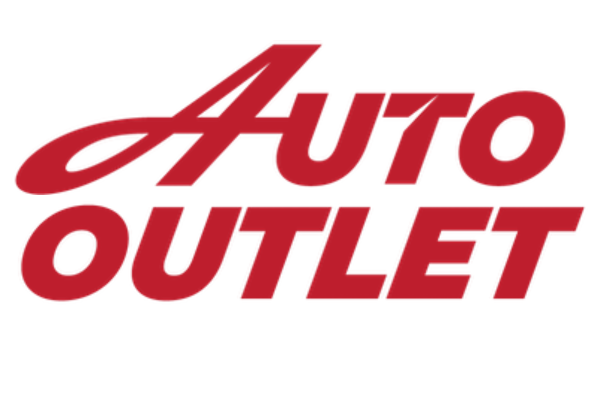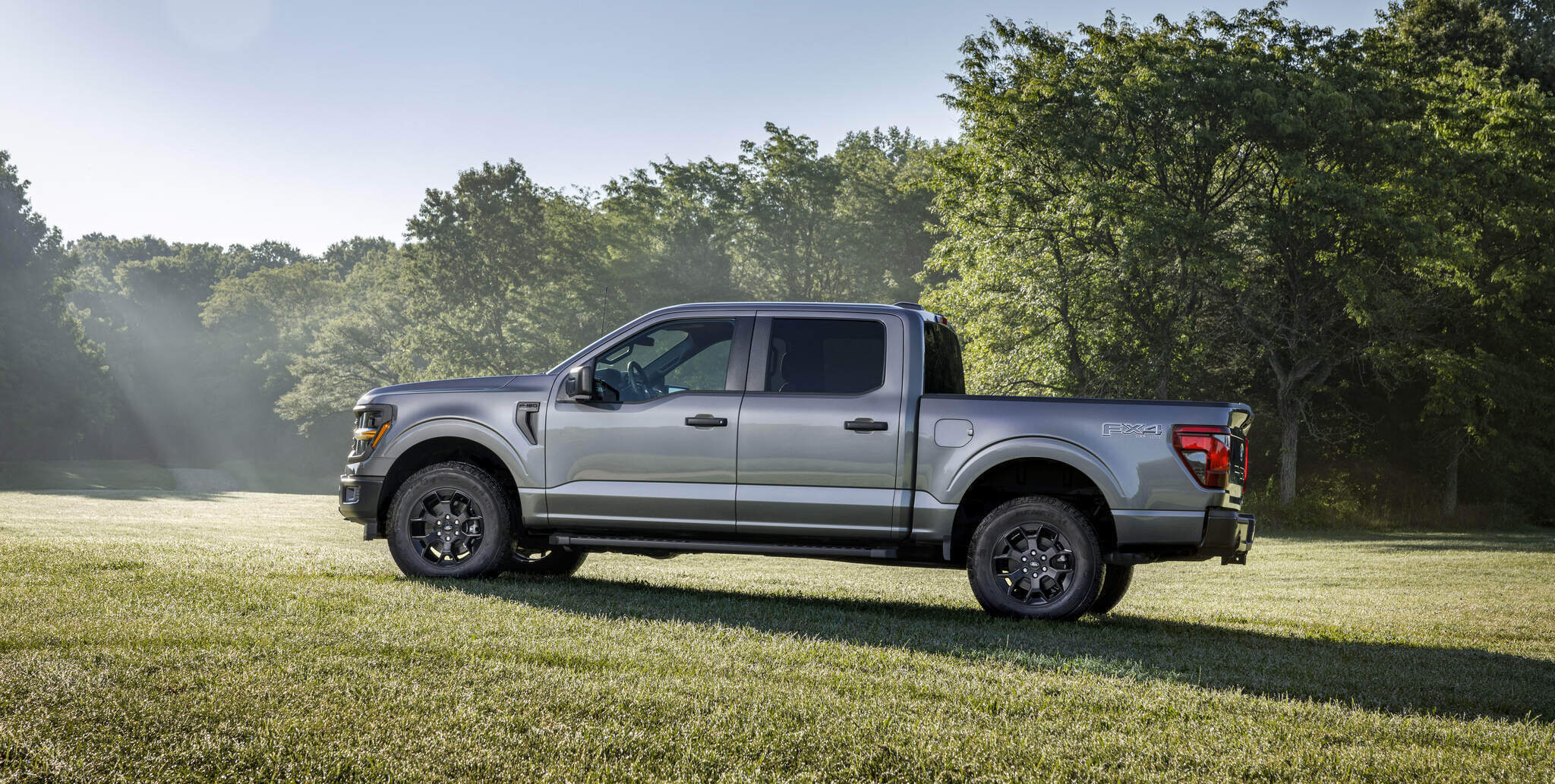Understanding Maintenance Costs
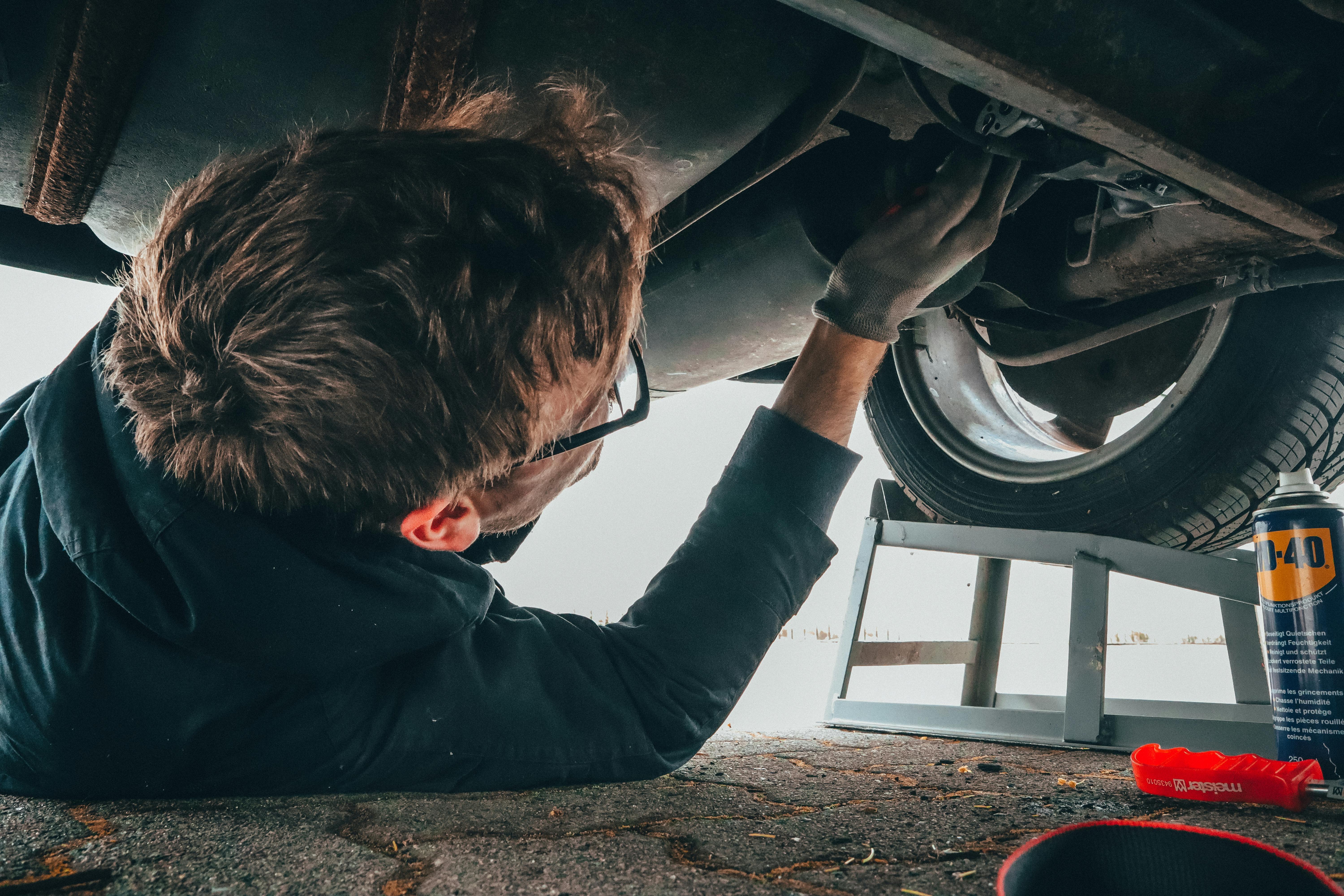
Owning a car is a significant milestone for many, symbolizing freedom and convenience in transportation. However, it also comes with responsibilities, including regular maintenance to keep your vehicle running smoothly and efficiently. Understanding the expected maintenance costs and how to budget for them can save you from unexpected financial burdens down the road.
In this guide, we’ll explore the average costs associated with car maintenance, factors that influence these costs, and practical tips for budgeting.
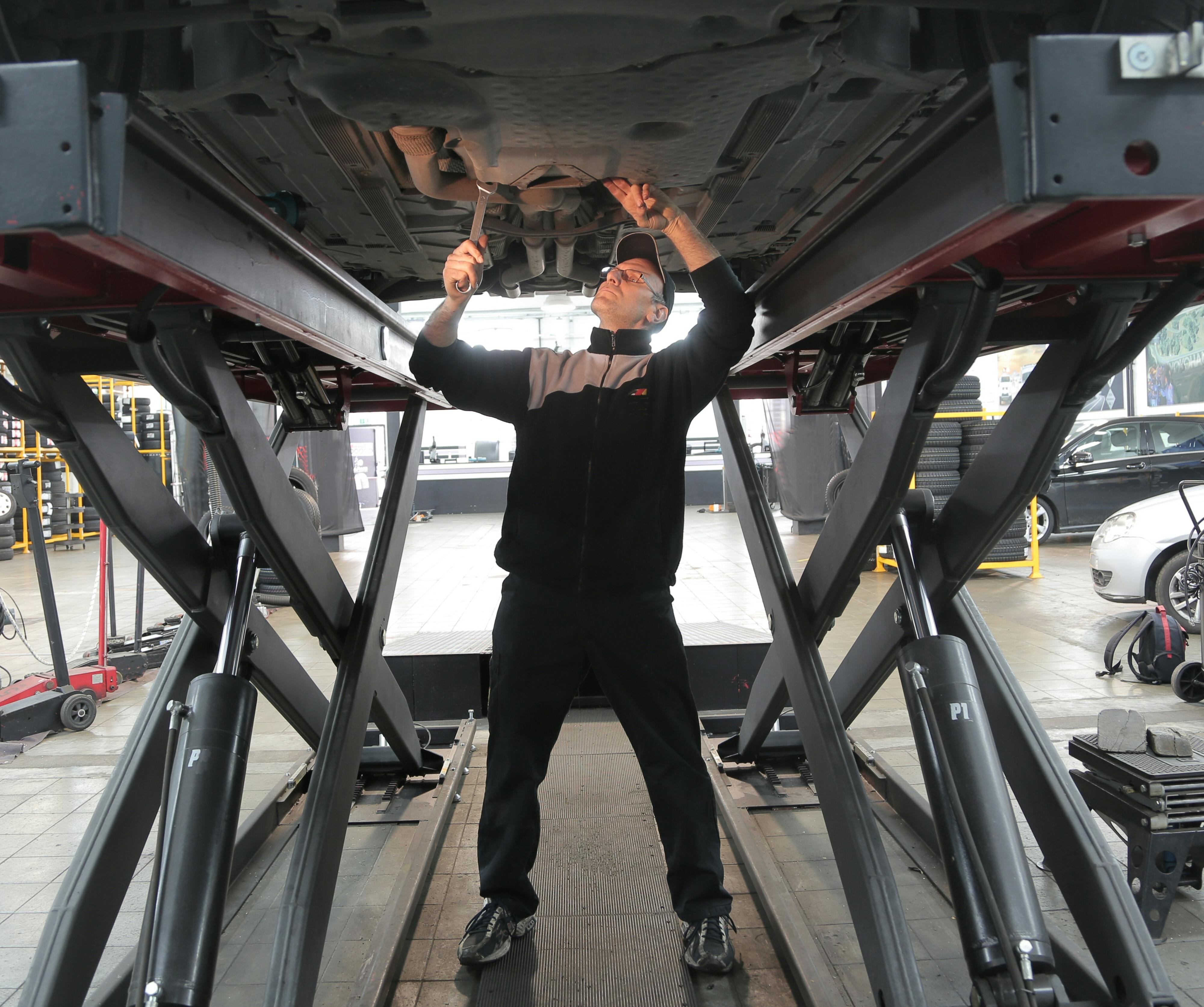
The Importance of Regular Maintenance
Regular maintenance is crucial for ensuring the longevity and reliability of your vehicle. Skipping routine checks and services can lead to more significant issues, potentially voiding warranties and resulting in costly repairs.
Routine maintenance tasks, such as oil changes, brake inspections, and tire rotations, help maintain your car's performance and safety. Regular care not only enhances your driving experience but also prolongs the life of your vehicle, ultimately saving you money.
Average Maintenance Costs
Car maintenance costs vary depending on several factors, including the type of vehicle, driving habits, and location. On average, drivers can expect to spend around $1,500 per year on maintenance if they drive approximately 20,000 kilometers annually. This translates to about $125 per month, though expenses can fluctuate—some months may have no costs, while others might bring higher bills due to significant repairs.
Luxury brands typically have higher maintenance costs due to the need for specialized parts and services, while brands known for reliability often have lower expenses.
Common Maintenance Tasks
Several routine tasks are essential to keeping your vehicle in top condition:
Oil Changes: Regular oil changes are vital for lubricating engine components and preventing wear and tear. Depending on your vehicle, this should occur every 5,000 to 10,000 kilometres.
Brake Inspections and Replacements: Brake pads should be checked regularly and replaced approximately every 40,000 to 80,000 kilometres to ensure safe and effective braking.
Tire Rotations and Replacements: Rotating your tires every 8,000 to 10,000 kilometres promotes even wear, while replacements might be necessary every 40,000 to 80,000 kilometres.
Battery Checks: Car batteries generally last between 3 to 5 years, but yearly inspections can prevent unexpected failures.
Air Filter Replacements: Replacing air filters every 15,000 to 30,000 kilometres ensures optimal engine performance and fuel efficiency.
Factors Affecting Maintenance Costs
Several elements can impact the cost of maintaining your vehicle:
Driving Habits: The more you drive, the quicker your vehicle components will wear out, increasing maintenance costs.
Vehicle Age: As a car ages, it often requires more maintenance. Older vehicles are more prone to wear and tear, leading to higher expenses.
Brand and Model: High-end models often have higher maintenance costs due to the specialized parts and services required.
Location: Maintenance costs can vary depending on where you live, with urban areas sometimes having higher labor costs compared to rural locations.
Budgeting for Maintenance Costs
Planning and budgeting for maintenance can alleviate financial stress when unexpected repairs arise. Here are some strategies to help you budget effectively:
Incorporate Maintenance in Your Monthly Budget: Allocate a specific amount each month for maintenance. This could be based on your vehicle’s make, model, age, and your driving habits. A zero-based budgeting approach can ensure every dollar is accounted for, allowing you to set aside funds for ongoing maintenance.
Create a Sinking Fund: Set up a separate savings account specifically for car-related expenses. Regularly contribute to this fund to cover significant future costs like new tires or brake pads.
Build an Emergency Fund: Having an emergency fund can cover unexpected repairs. Start with a $1,000 fund for smaller emergencies and aim to build it to cover 3-6 months of expenses as you progress financially.
Prioritize Routine Maintenance: Schedule regular maintenance tasks to prevent minor issues from becoming costly repairs. Staying on top of oil changes, tire rotations, and brake inspections can reduce the likelihood of unexpected breakdowns.
DIY Minor Repairs: For those who are handy, learning to perform basic maintenance tasks can save labor costs. Simple tasks like changing air filters or wiper blades are often manageable without professional help.
Shop Around for Better Prices: Get multiple quotes for maintenance and repair services. Prices can vary significantly, so comparing costs can help you find the best deals.
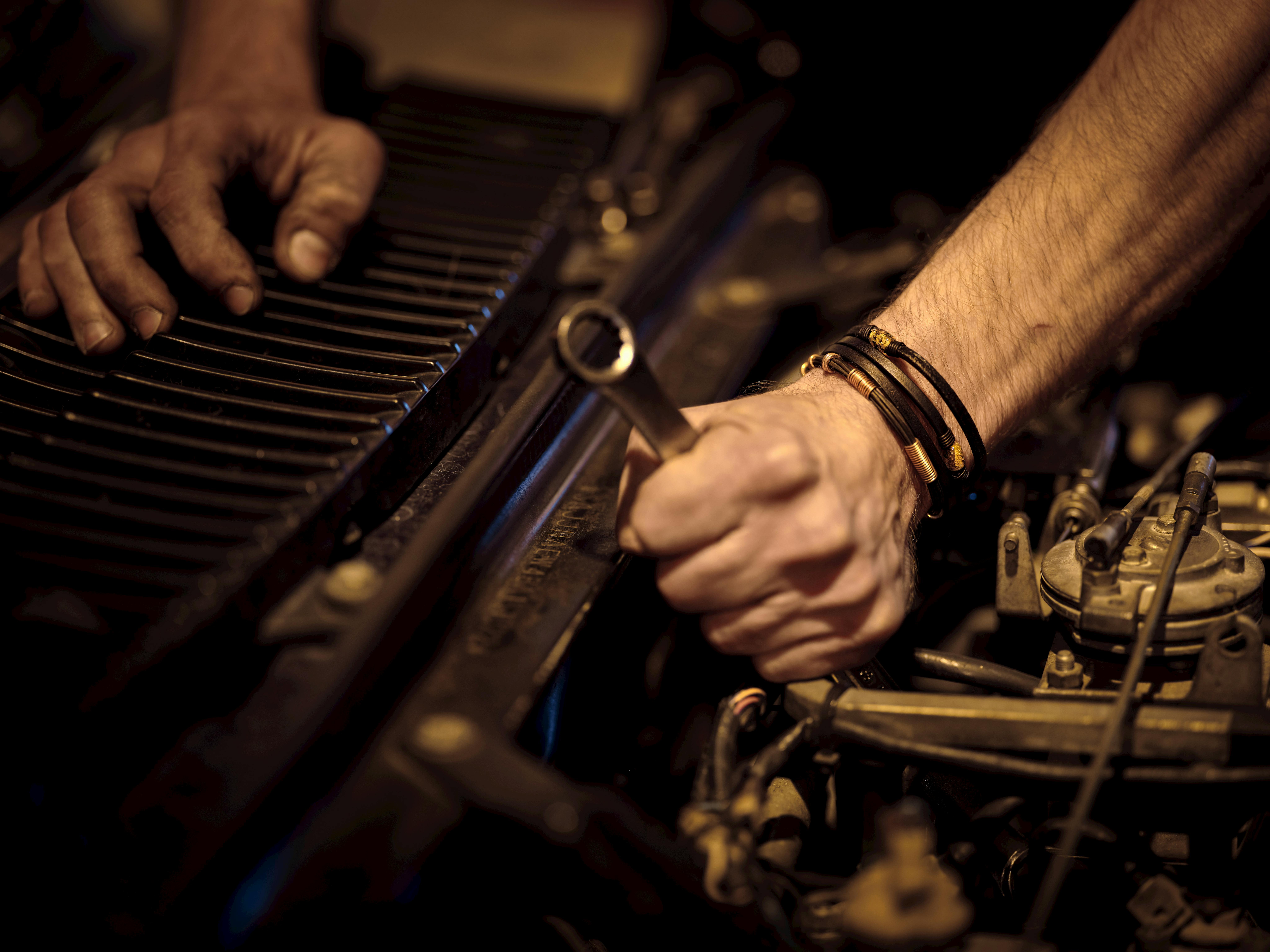
Conclusion
By understanding the expected maintenance costs and implementing effective budgeting strategies, car owners can ensure their vehicles remain reliable without straining their finances. Regular maintenance not only enhances the driving experience but also preserves the vehicle’s value, making it a smart investment for the long haul.

